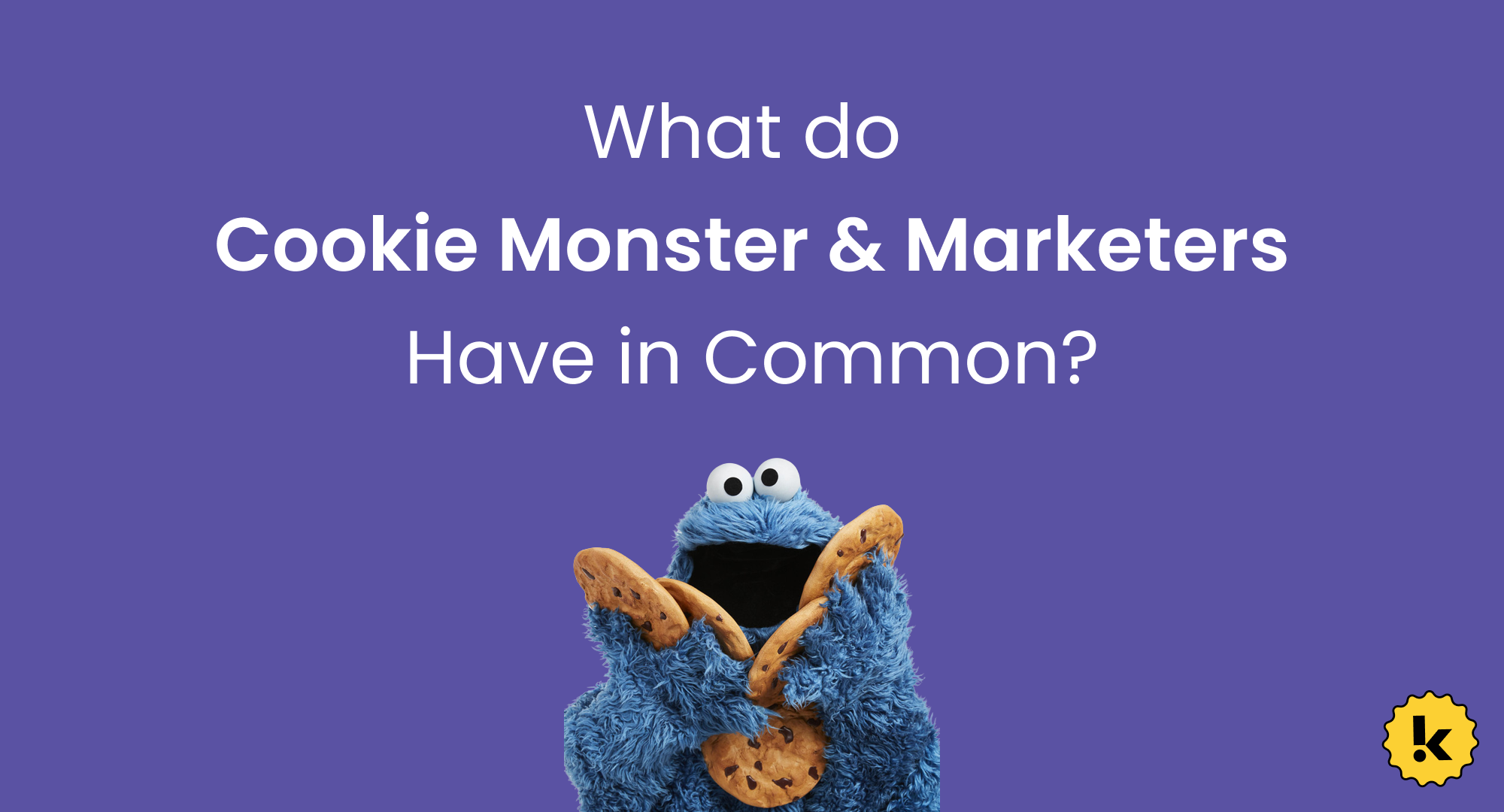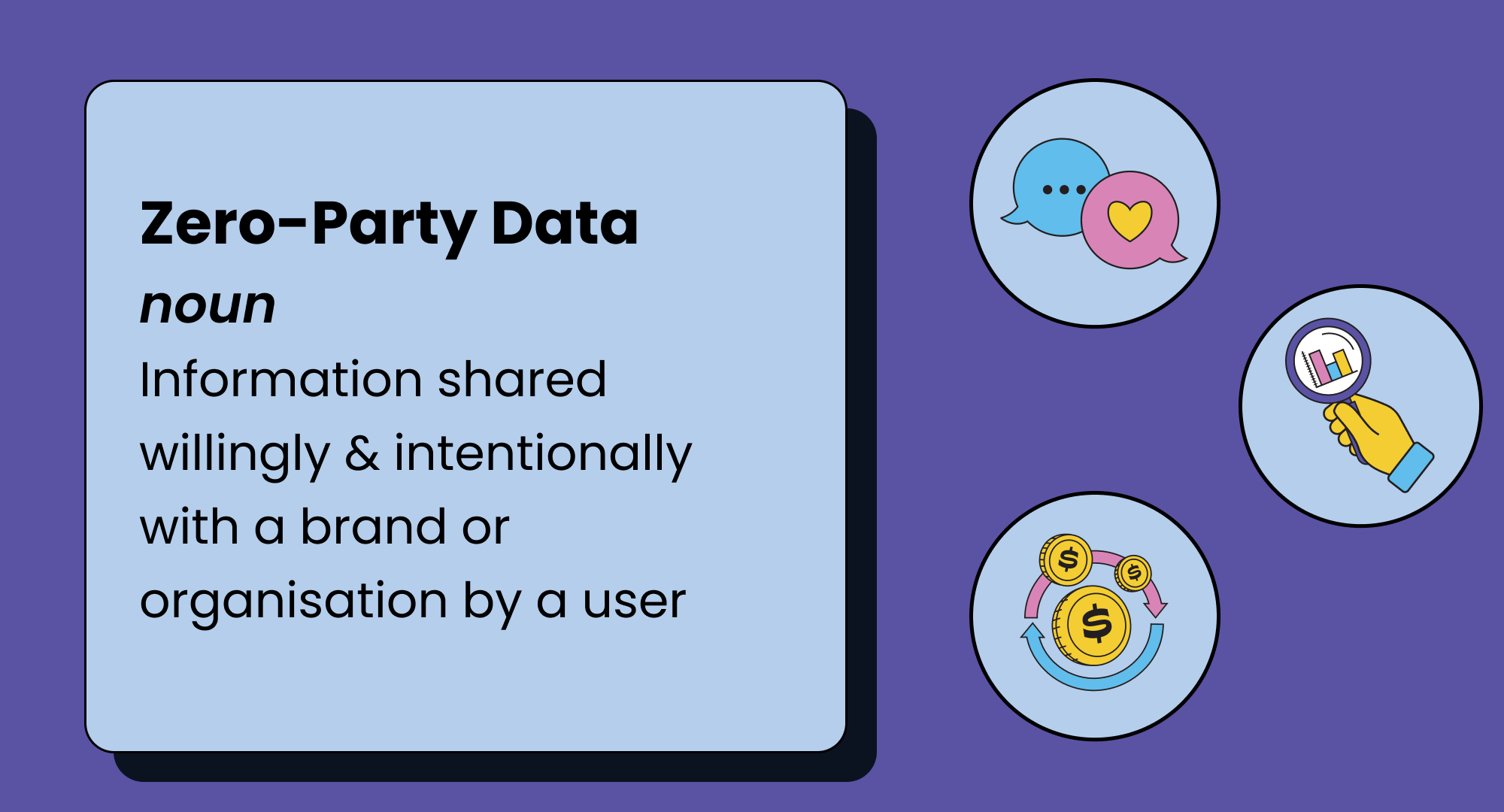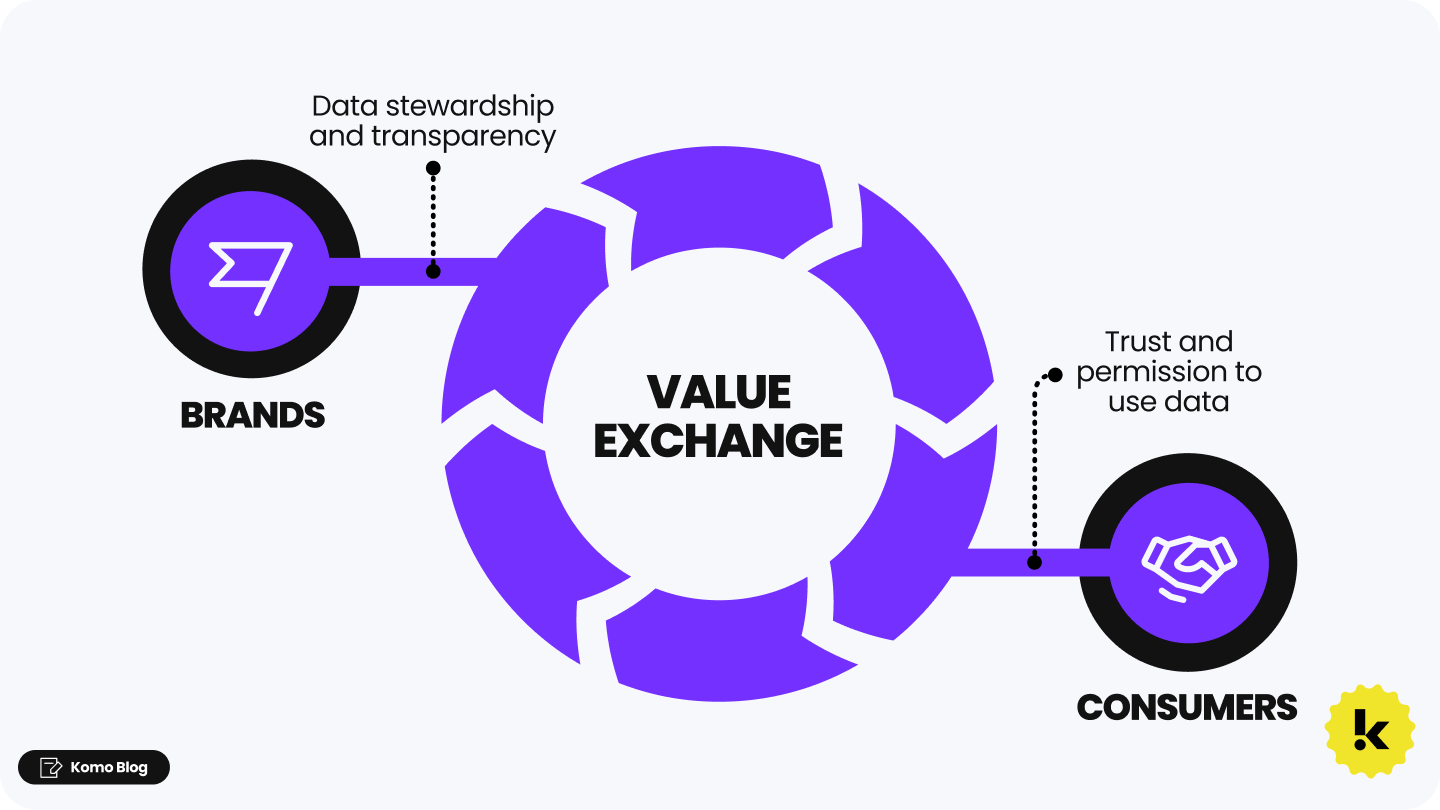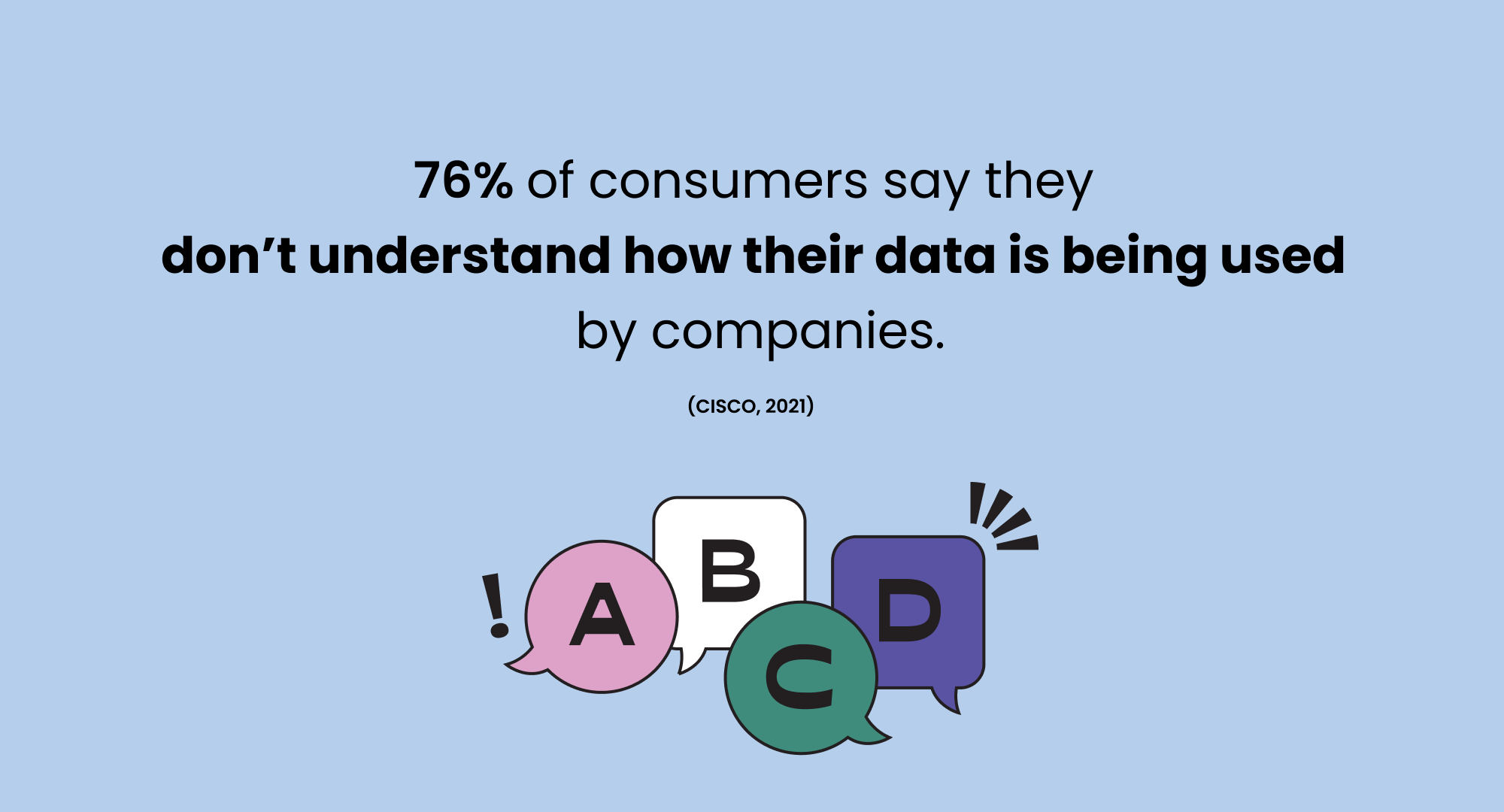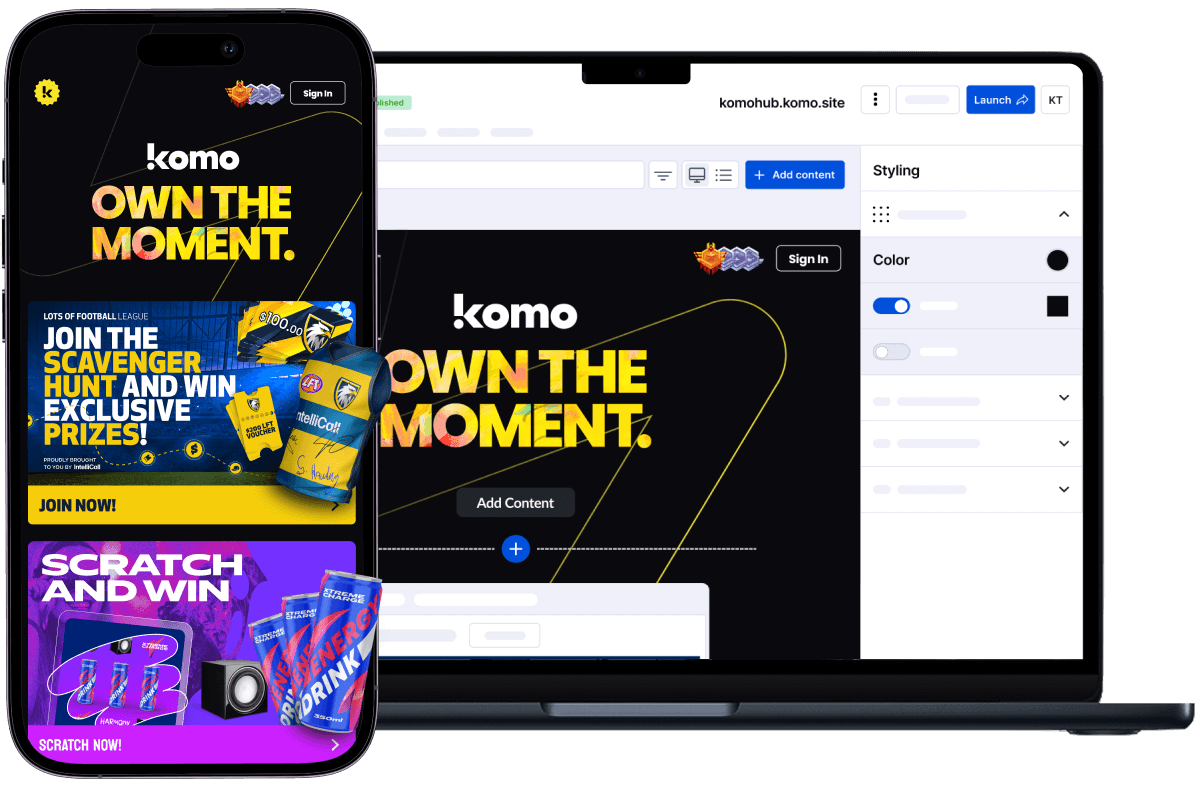What Are Cookies And Why Are They Important For Marketers?
In the most basic sense, a cookie is just a small text file that is stored on your browser. When you visit a website, the site developers may have a script on their pages to generate this text file and add it to your browser. Cookies don’t have the best reputation, but they are useful for a lot of what we want to do online. If a user is doing some online shopping, a cookie keeps track of their shopping cart and keeps them logged in while they switch between pages. Cookies are also helpful for website owners to understand their site traffic and how many individuals visit their website by tagging browsers with a unique cookie.
For years, brands have been using them to track website visitors, improve the user experience, and collect data that helps us target ads to the right audiences. We also use them to learn about what our visitors are checking out online when they aren't on our websites.
Source: (Jerath, K. 2022)
3rd-party Data Is Not An Option Anymore
In order to protect people's fundamental rights and freedoms and their right to the protection of personal data, the European Union has been implementing the General Data Protection Regulation or GDPR since May 2018. This new legislation has had a great impact worldwide, so much so, that all the actors involved with the digital ecosystem have seen the need to generate important changes at a technological level in order not to incur crimes related to data protection. One of these changes involves using cookies for collecting and using personal data for advertising purposes, a practice implemented since approximately 1990.
In April of 2021, Apple made a big change to its privacy controls, limiting the tracking capabilities of digital advertisers and enabling iPhone users to opt out of data sharing.
Even before Apple, Google announced the 3rd-party cookies phaseout in a few years. Google explained that this move will be executed to protect its users, who asking for more privacy.
|
"Users are demanding greater privacy--including transparency, choice, and control over how their data is used--and it’s clear the web ecosystem needs to evolve to meet these increasing demands." Justin Schuh - Director, Chrome Engineering, Google |
What Does This Mean For Marketers?
The changes imposed by Apple and Google will undoubtedly force changes in the industry. Because of this, you may want to adjust your marketing strategies in response.
Apple’s change in privacy policy has cut the average mobile advertiser’s return on investment by almost 40% and caused them to drop mobile ad spend by 25%, according to a mobile measurement company’s data.
On the other hand, although Chrome isn't the first browser to phase out the third-party cookie, it is the largest, and phasing out Chrome cookies will have a huge impact on marketers, publishers, and advertisers. In late 2019, Google Chrome made up more than 56% of the web browser market. Chrome also accounts for more than half of all global web traffic.
Source: Most popular internet browser versions 2020. Statista
Analyzed data from 1,300 small businesses made by Varos, a data-sharing platform, shows that the cost to acquire new customers through online advertising is “significantly higher” this year than last, while revenue has also declined each month in the second quarter of 2022, leading to a 13% drop in June.
Several earnings reports from major social media companies, including Facebook, Twitter, and others, revealed a $278-billion fallout from Apple's privacy changes, according to an initial report from Markets Insider.
Now, the question is, what is the solution or at least a replacement for 3rd-party data that could be widely used by marketers, publishers, and advertisers?
Zero-Party-Date To The Rescue!
As an important replacement, digital retailers have already begun reimagining consumer information exchanges using zero-party data disclosures. The term "zero-party data" refers to information that consumers knowingly, and willingly provide to retailers in exchange for more meaningful personalization. The term “Zero-party data” has become a media and marketing buzzword over the last two years.
Zero-party data was first defined by Forrester Research and can be easily explained as data that users willingly and intentionally impart to your brand or business. The aim of providing this information is usually to improve the individual’s user experience, enabling them to be provided with content that is personalised to their needs and wants.
The process for extracting zero-party data occurs in a conversation-like format between the retailer and consumer. Consumers receive incentives to engage in such conversations to gain better personalization, more appropriate product recommendations, and service suggestions. But the format still enables consumers to disclose only the information they want, in a format to which they agree. In other words, the data disclosure happens on consumers’ terms. Retailers may encourage zero-party data disclosure with financial incentives and rewards, often under the auspices of effective loyalty programs, and thus might offer worthwhile value for retailers too.
How does Zero-Party Data Differ from Other Data Collection?
Third-party data is defined as information shared between domains, allowing advertisers to target consumers based on pages they’ve recently visited. Have you ever heard a friend or colleague talk about how they ‘feel like their phone is listening to them? This is third-party data collection at work.
Unlike Third-party data, Zero-party data’s main aim is to personalise the way marketers communicate with their audience and in turn, build trusting relationships where users know exactly how their data is being used.
(Source: The Retailer’s Guide to Zero-Party Data. 2021)
Zero-Party Data Is The New Oil
|
“Zero-party data isn't just for big brands, either. Any business can benefit from collecting data directly from their customers. By using interactive funnels, businesses of all sizes can gather data that's reliable, accurate and engaging—at every step of the customer journey. Traditionally, the approach to collecting zero-party data would be wrought with manual processes, tracking and data entry. In a modern-day world, this is either no longer possible or downright prohibitive. In a post-pandemic world, consumers have more digital interactions with businesses than ever before. As the number of devices (and interactions) continues to grow, the need for accurate and compliant zero-party data will only become more apparent.” |
Source: marketoonist.com
Conclusion
For years, cookies were marketers' best friend. It is changing now and they need a new weapon. Zero-party data is far more than just a simple information-gathering tool. It provides a wealth of consumer insights, built from qualitative and accurate data that comes directly from the target audience. This data informs brands and organisations about how users want to be interacted with - from what content they want to see, what products they like to buy, and what their purchase behaviours are. And because consumers have shared their data, they are expecting further communication, which is likely to increase engagement rates in re-marketing campaigns.
Most important is the trust between brand and customer that zero-party data can generate. Brands can rest assured that their data is an accurate representation of their target audience and is in line with the privacy concerns of the majority, and users can more effectively protect their personal information.
Are you interested in learning more about how the Komo Platform can help you gather rich zero and first-party data? Request a one-on-one demo below!
